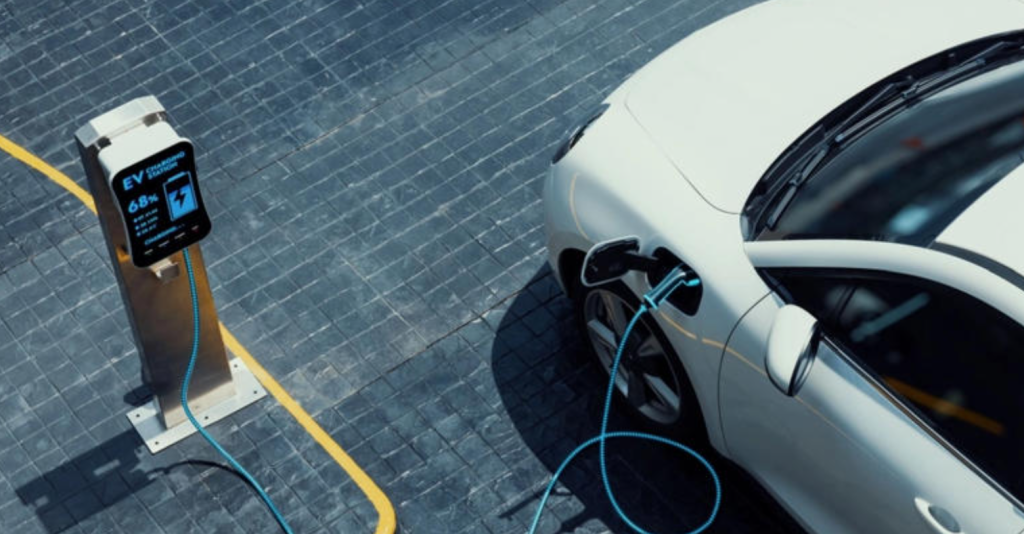Technologies Like V2G and V2L Turn EVs Into Power Banks for Emergencies and Leisure
Others are reading now
As electric vehicles (EVs) continue to evolve, they’re proving to be more than just eco-friendly modes of transport.
Thanks to bidirectional charging technologies, your EV can now power your home during blackouts or become the energy hub for a remote campsite, beach picnic, or even a mobile office.
With battery capacities already exceeding 50 kWh in most new models, EVs are rapidly becoming one of the most versatile energy assets in daily life.
From Powering Homes to Outdoor Adventures
According to El Economista, the average two-person household in Spain consumes roughly 150 kWh per month.
Also read
A fully charged EV with a 50–100 kWh battery could theoretically power such a home for several days if the vehicle isn’t being driven. In real-world terms, this could provide vital electricity during extended blackouts or serve as a backup during grid instability.
Three key technologies enable these functions:
- V2G (Vehicle-to-Grid): Allows electricity stored in the EV to be fed back into the public grid. This function is not yet legal in Spain.
- V2H (Vehicle-to-Home): Enables the car to supply electricity directly to a household. It is already operational in some solar-equipped homes.
- V2L (Vehicle-to-Load): Lets users plug devices directly into the vehicle, powering anything from laptops and coffee makers to power tools.
While V2G remains pending regulatory approval, V2H and V2L are already transforming how EVs are used, particularly in settings with advanced home electrical systems or for outdoor recreation.
A Portable Generator for Work, Leisure, and Emergencies
Beyond emergencies, these technologies open a world of possibilities. V2L enables drivers to power lighting, cooking appliances, or sound systems in the middle of nowhere—ideal for camping trips or off-grid gatherings.
Mountain bikers can recharge their e-bikes, surfers can power electric boards, and tradespeople can even run construction tools off trucks like the Ford F-150 Lightning, which boasts a massive 131 kWh battery.
For digital nomads, EVs also double as mobile offices, providing clean power for laptops, routers, and monitors. As battery sizes grow and infrastructure evolves, the electric car is rapidly becoming one of the most adaptable energy tools available—not just for travel, but for living.


